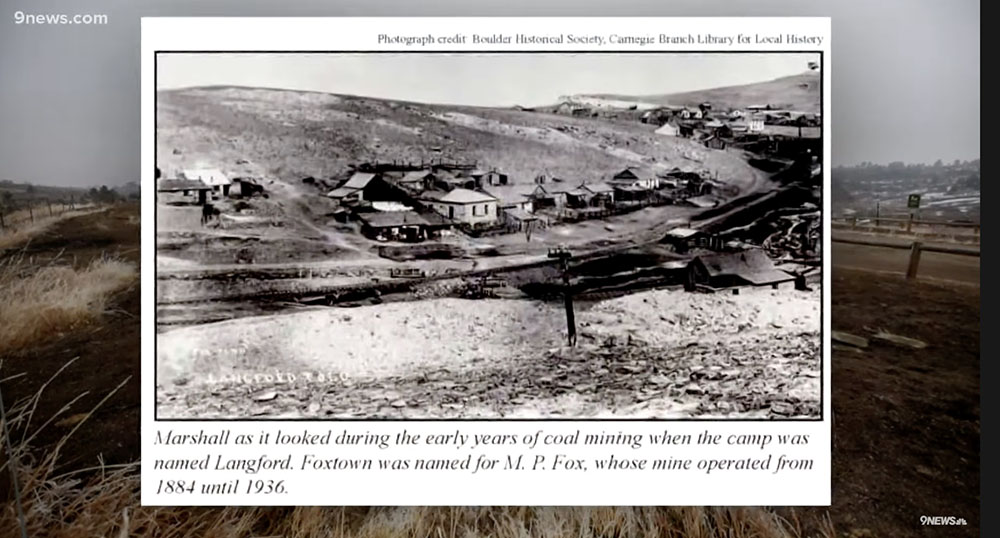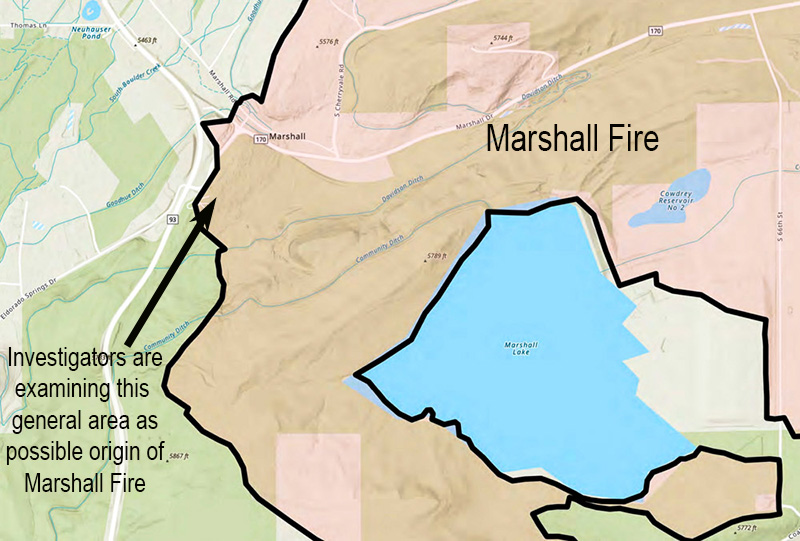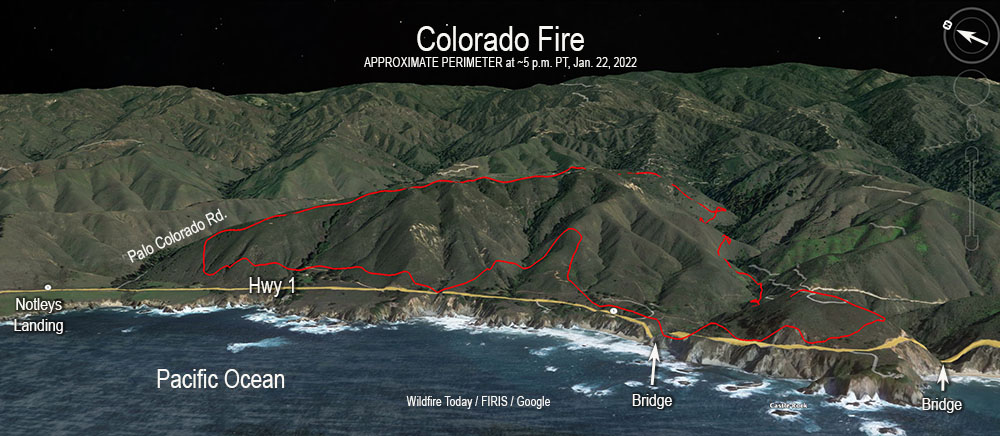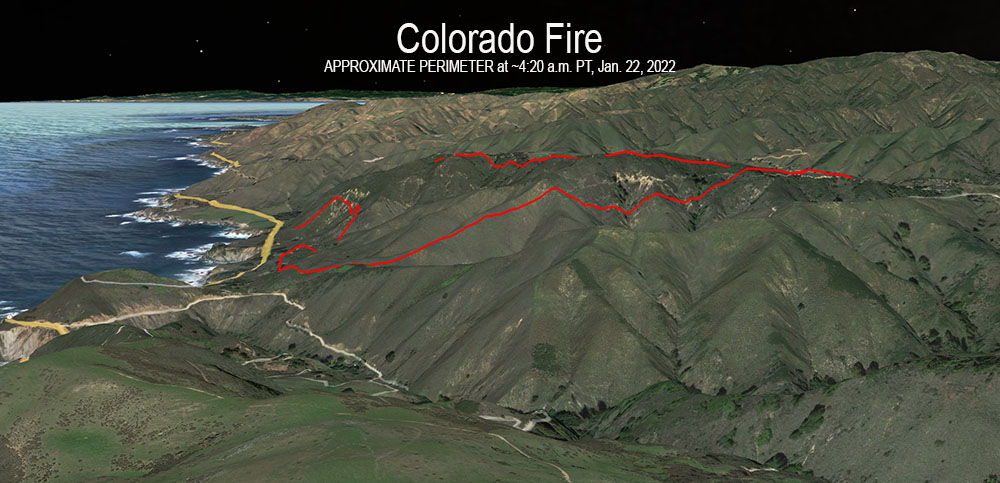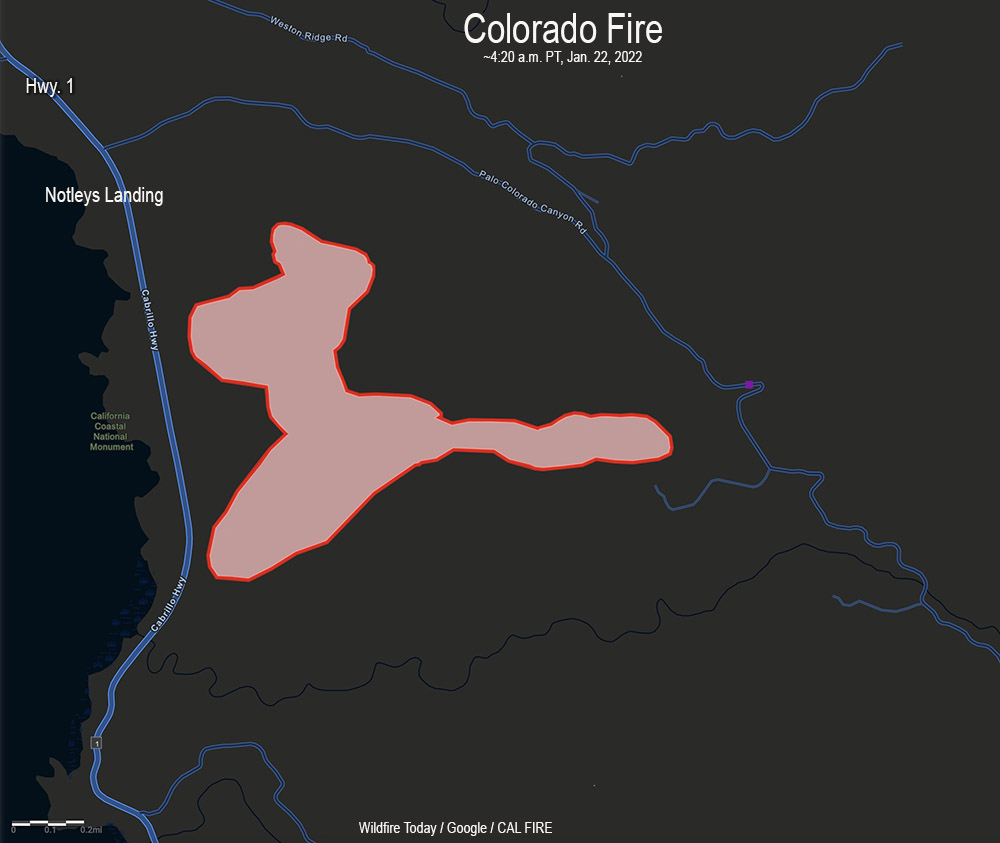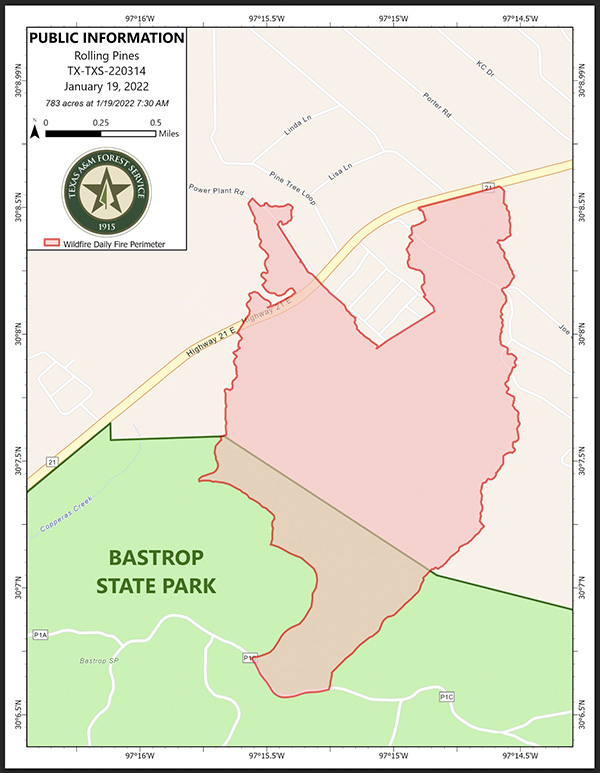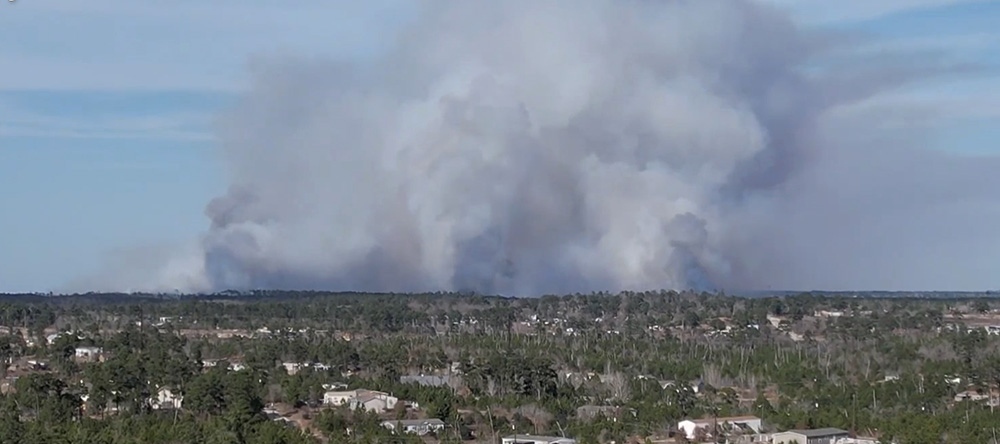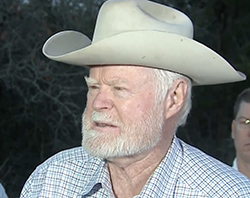Updated at 1:37 p.m. CT Feb. 9, 2022
The Hutchinson Fire Department said in a news release Wednesday morning that the fire east of the city, now named the Albright Fire, was about 90 percent contained.
Pushed by strong winds, the fire which started south of Buhler ran south for about two miles from 30th Avenue to 4th Avenue. Firefighters worked Tuesday night and by morning all roads had reopened but burnout operations may cause temporary closures of some streets.
Fire Marshal Michael Cain has been investigating the fire to determine the cause, which is still believed to be embers from some of the 75 brush piles that were ignited on private land last Thursday when snow was on the ground. Warmer weather melted the snow rapidly and at least one of the piles spread Tuesday during the strong winds as the humidity dropped to 13 percent.
Damages to property and the total number of acres burned was still being determined Wednesday morning.
Updated at 12:37 a.m. CST Feb. 9, 2022
The winds that had been gusting at more than 30 mph slowed after 6 p.m. on Tuesday making it much easier for firefighters to begin to get a handle on a large wildfire a few miles east of Hutchinson, Kansas. Combined with relative humidity that dipped as low as 13 percent the strong winds resulted in the fire spreading south for nearly two miles from where it started just south of 30th Avenue near Buhler Road.
From the Hutchnews:
“By the time we got there, it was already running north to south,” Fire Chief Steve Beer said. “Numerous departments were called in to help with structure protection. We started an early evacuation of two or three dozen homes. We got everyone safely evacuated who wanted to leave.”
The evacuation was primarily in homes along Fourth Avenue, Beer said. It wasn’t a mandatory evacuation, so not everyone left.
“The fire didn’t move that fast,” Beer said. “But when it got in the cedars it would throw flames 50 feet into the air. It’s pretty impressive to watch. We’re thankful, it was not as bad as it could have been. The key to this area is to do back-burns. Once we did get ahead of it with enough resources, we got a handle on it.”
Fire officials said the likely cause was embers from woodpiles that were burned over the weekend.
As the weather conditions moderated, by 7 p.m. Tuesday some firefighting resources were being released and residents were expected to be back in their homes later in the evening.
Chief Beer said the S-2 air tanker aided firefighters by attacking the blaze in areas that were difficult for them to access due to sandy soils and cedar trees.
Originally published at 5:44 p.m. CST Feb. 8, 2022
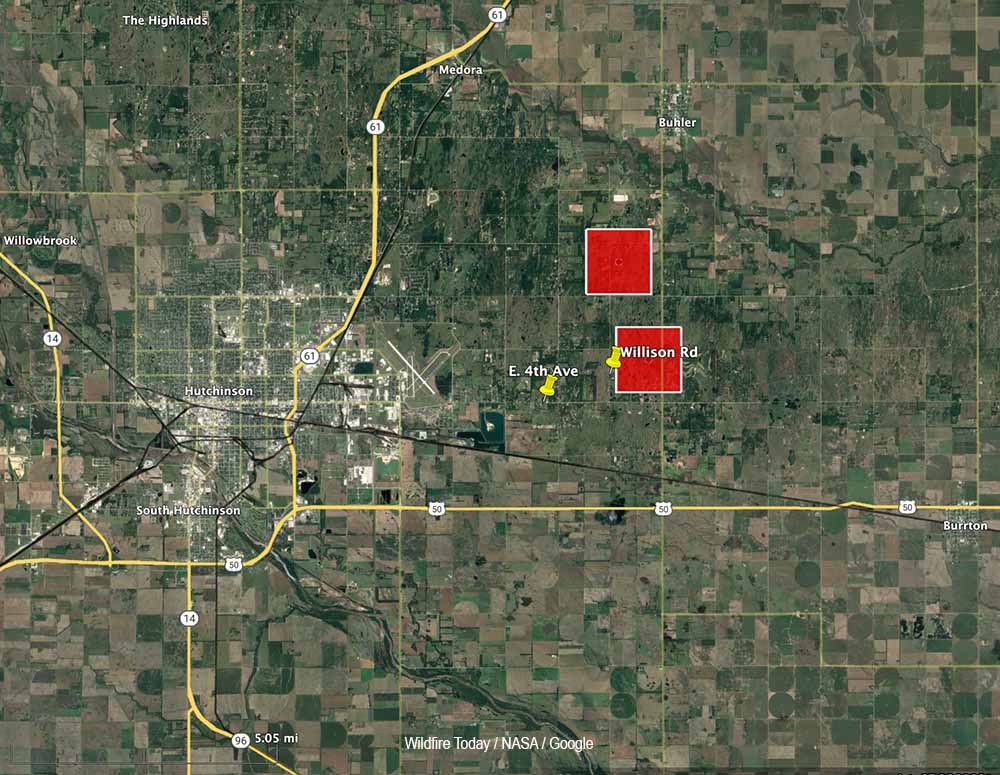
Firefighters are working to contain a large wildfire about three miles east of Hutchinson, Kansas. Strong winds out of the north gusting to 36 mph are pushing the blaze to the south.
Crews are working to save structures near the intersection of East 4th Avenue and Williston Road.
The area is under a Red Flag Warning for high fire danger due to the powerful winds. The relative humidity was measured at 13 percent in Hutchinson at 4:52 p.m. The National Weather Service expects the wind speeds to decrease after sundown.
The fire is approximately three miles east of Hutchinson, about 2 miles south of Buhler, and 32 air miles northwest of Wichita.
Air tanker 95, a privately owned S-2, was dispatched to the fire. It is operated by Ag Air Service out of Nikerson, Kansas.
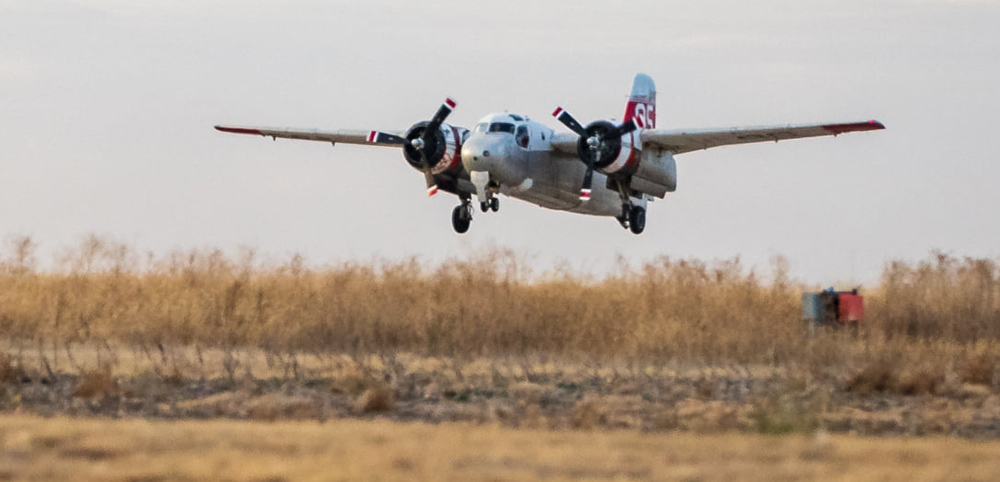
Thanks and a tip of the hat go out to Matt.

